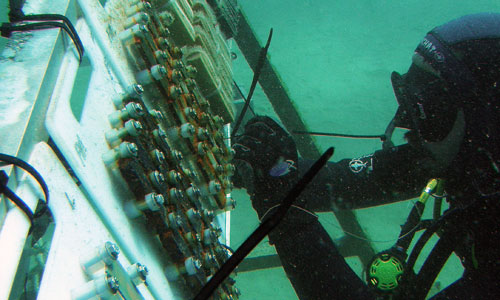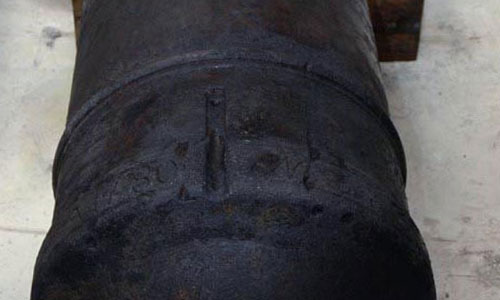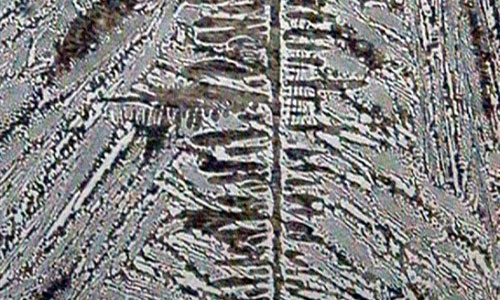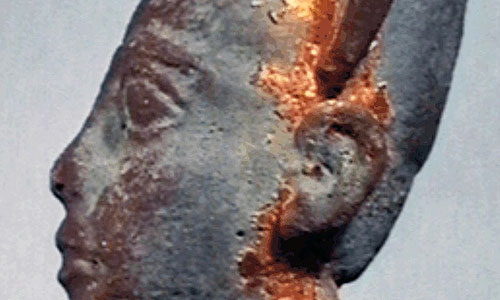We use physical, chemical and mathematical methods as tools for understanding, interpreting and safeguarding Cultural Heritage.
Since 2000, the group has maintained an open line of collaboration with archaeologists, conservators and restorers whose objectives are to characterise the materials of the Cultural Heritage, determine their physical and chemical properties, the type of technology used in their manufacture, their origin and dating, the necessary measures for their stabilisation and subsequent conservation, or even their location.
The group is also integrated in the strategic research line of the University of Cadiz in Nautical and Underwater Archaeology.
Línea de investigación 05
Archaeometry.
Since 2000, the group has been collaborating actively with underwater archaeologists, both in underwater interventions and in laboratory work.
With the entry into force in 2001 of the UNESCO Convention for the Protection of the Underwater Cultural Heritage, in situ conservation becomes the priority option for the protection of our rich underwater historical heritage.
In this context, we study in the marine environment itself the influence of physical, chemical and biological conditions on the deterioration and safeguarding of the Underwater Cultural Heritage and develop methods for its in situ conservation.
We offer Archaeology a series of methods that provide valuable information on forms of mining, ancient extractive metallurgy, foundry and casting processes, cold or hot forging, applied thermomechanical treatments, surface finishing treatments, or the provenance and chronology of a metallic object.
For this purpose, we have techniques for metallographic studies (optical microscopy, scanning electron microscopy, high-resolution scanning electron microscopy, transmission electron microscopy), characterisation by X-ray diffraction and chemical analysis, mechanical tests and non-destructive tests.
Publicaciones
Estas son algunas de las publicaciones de los miembros del Grupo de Protección y Corrosión relacionadas con esta línea de investigación.
Puedes acceder a los contenidos íntegros de las publicaciones a través de su correspondiente enlace de ResearchGate.
- Fernández-Montblanc, T., Quinn, R., Izquierdo, A., Bethencourt, M., Evolution of a shallow water wave-dominated shipwreck site: Fougueux (1805), Gulf of Cadiz, Geoarchaeology (in press).
- Hernández, M., Hernández-Escampa, M., Abreu, C.M., Uruchurtu, J. Bethencourt, M., Covelo, A. Characterization of a historical cannon ball exposed to marine environment from the Fortress of San Juan de Ulúa, Archaeometry (in press).





